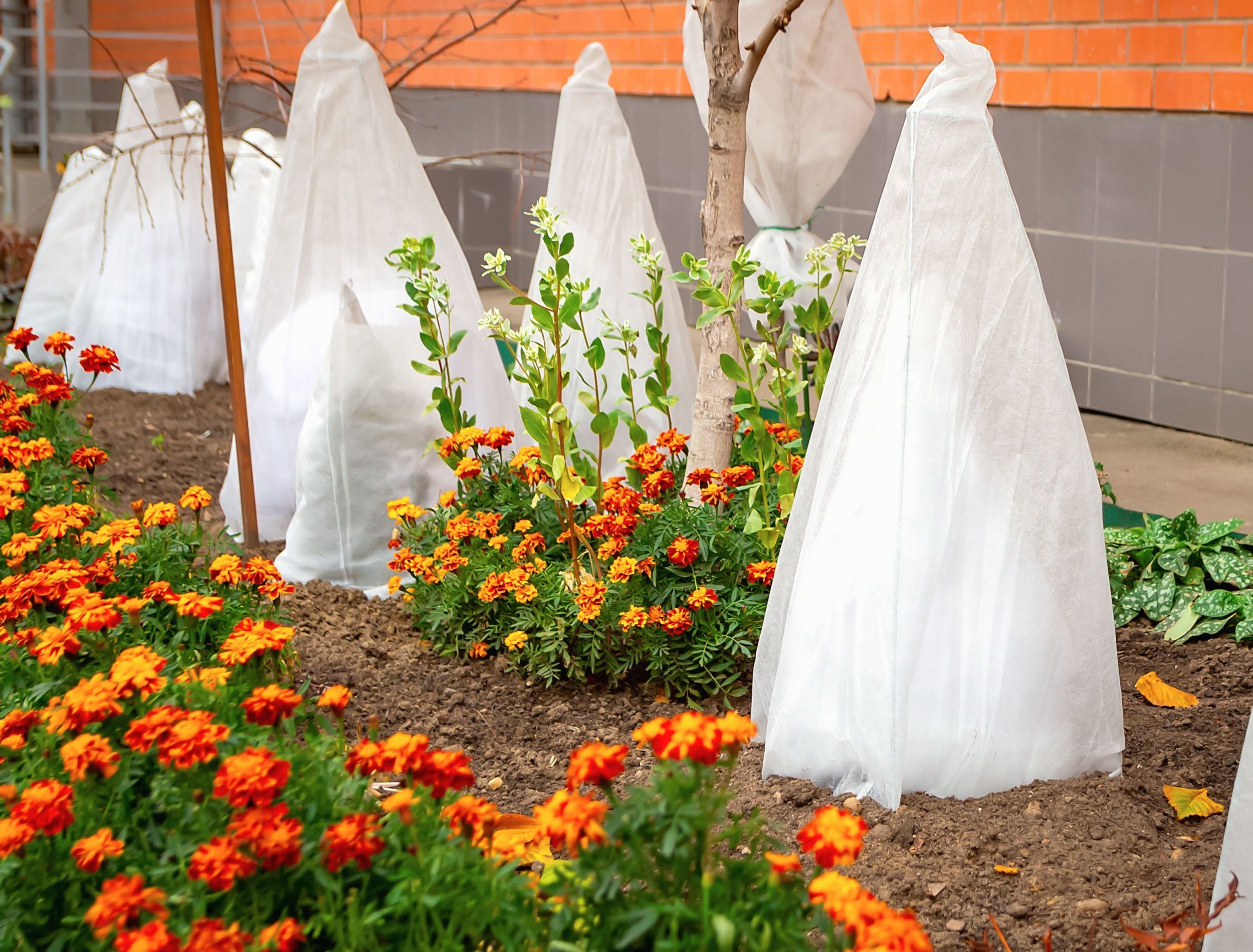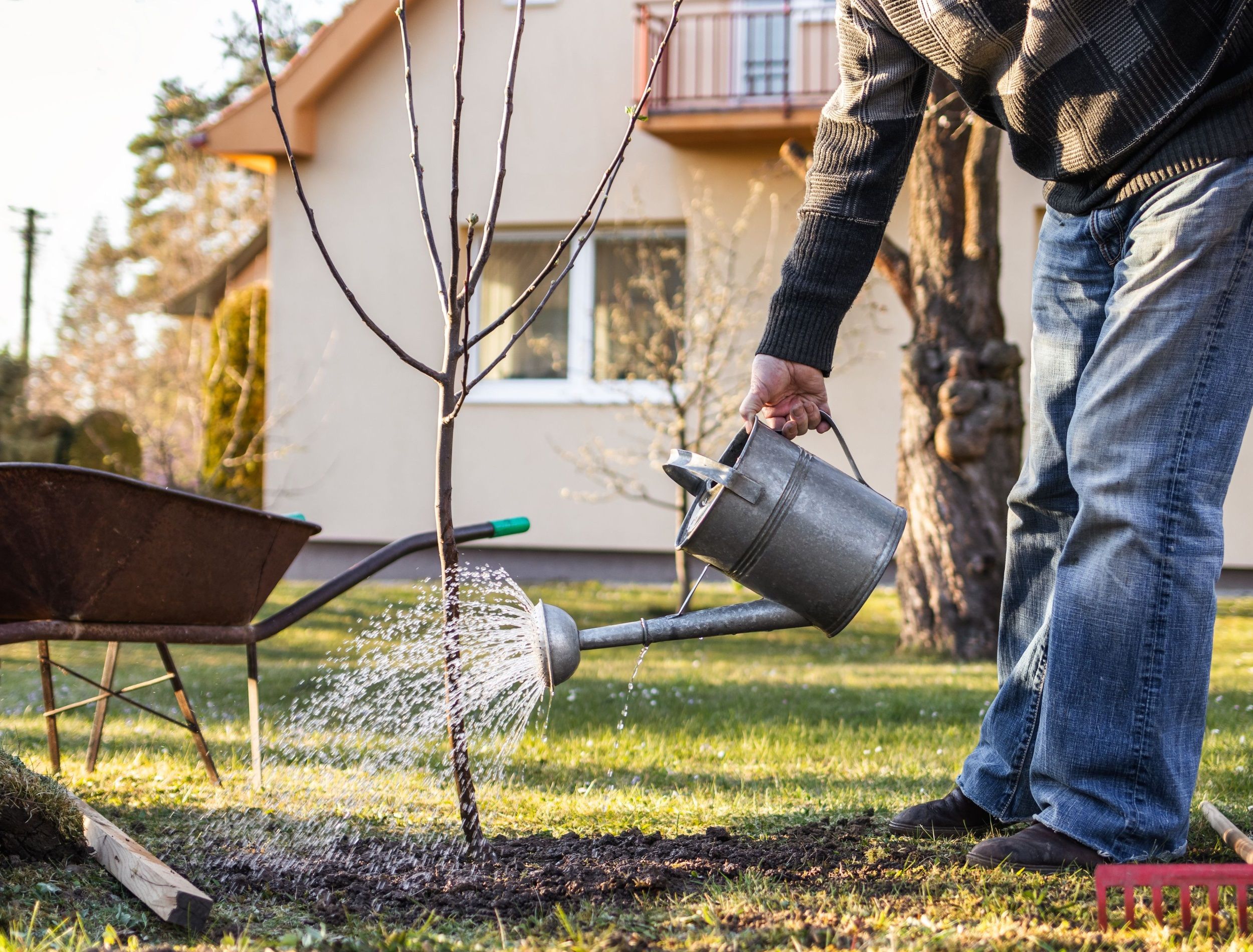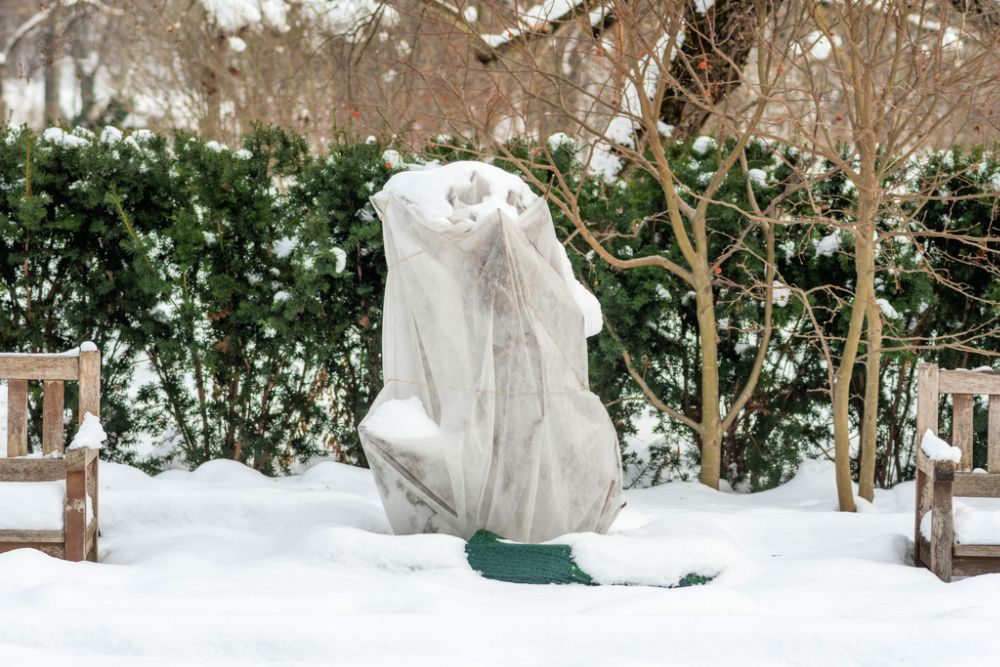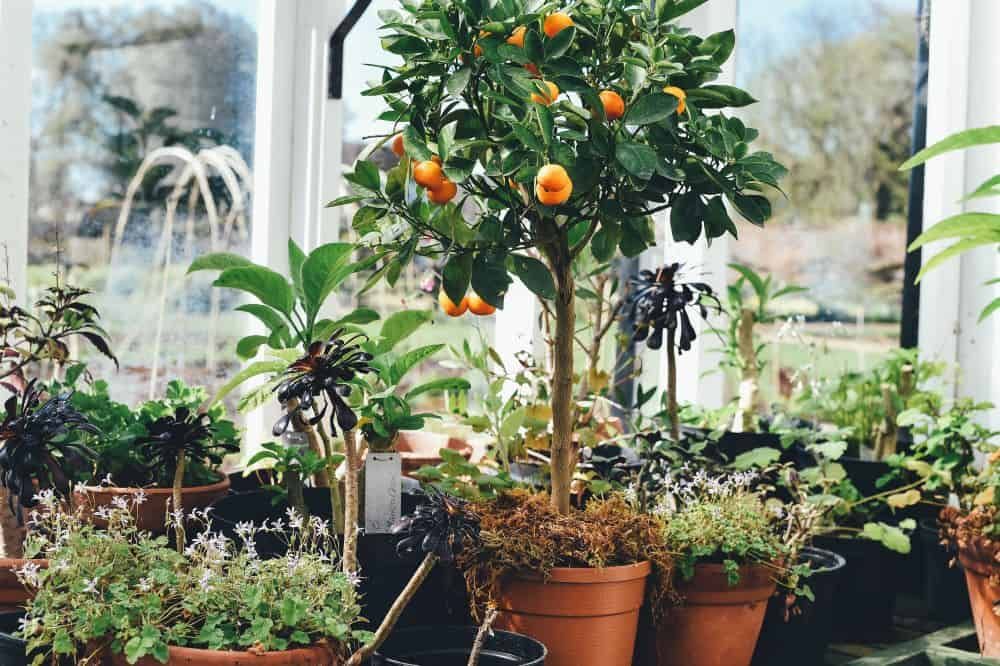If you've got fruit trees in your garden, it's important to properly prepare them for the cool temperatures and frosts of winter. Unprotected fruit trees are vulnerable to frost damage which can affect the health of the tree for years to come.
Protecting your fruit trees falls in line with other chores you have do to in autumn in preparation for winter and involves cleaning up your yard and adding protective materials. Below, you'll find the step-by-step guide to keeping your fruit trees safe from frost.
Tools You'll Need
Image credits: Natali Ximich via Shutterstock
Preparing your fruit trees for winter actually requires less tools than caring for them throughout the spring and summer! Find the essentials listed below.
- Watering hose or can
- Gardening gloves
- Mulch
- Protective tree wrap or burlap
- Bungee cord
Why Is Preparing For Frost Important?
Image credits: olaser via Canva
The roots of fruit trees soak up nutrients and water from soil and bring them into the tree's branches, leaves, and fruits during the summer. But come fall, the roots store water and nutrients as the plant goes dormant. This makes the roots prone to freezing. If the roots freeze, they will die, which is detrimental to the tree's life.
The first step in protecting your fruit trees is knowing the predicted frost date in your area. From there, you can plan accordingly and follow the steps listed below.
Protecting Fruit Trees From Frost
Step 1: Watering, Pruning, and Fertilizing
Image credits: encierro via Shutterstock
Watering is one of the most important aspects of preparing your fruit trees for a frost. Moist soil will absorb more solar radiation and maintain warmth during the night, but the water will also trap heat as it freezes, acting as insulation around the roots. The plant cells will become plump with water, making them more resilient against cold damage.
Soaking (but not overwatering) the soil around your fruit trees before a freeze is the best way to protect them from the chilly temperatures.
Pruning and fertilizing are usually done to spur new growth, so it's not a good idea to do these tasks in the fall. The tender branches and new buds are vulnerable to frost and may just fall off due to the cold.
Step 2: Apply Mulch
Image credits: ronstik via Canva
Cleaning up dead leaves and fruit is essential if you want to prevent pests and diseases, and it's also part of regular fall chores. You should also weed the area as you normally would; The bare soil will help absorb and reflect heat best.
Once the space is clear, apply 3 inches of mulch as a layer of insulation that also prevents moisture loss. You can use wood chips, straw, or even newspaper.
Pro Tip: Keep the mulch about 6 inches away from the trunk of the tree. A build up of mulch around the trunk can cause the bark to rot.
Step 3: Apply a Covering
Image credits: Michele Ursi via Shutterstock
Along with mulch and watering, you can apply a covering. First, consider the hardiness of the tree in your area – citrus trees don't like to be in the cold, but apple trees tend to be hardy. If you live in a milder area, you won't always need a covering.
New growth is susceptible to cold damage, so it's crucial to cover the buds and the branches of the tree if you live somewhere cooler and want to see growth in spring and summer.
Drape a large sheet of burlap, a blanket, or protective tree wrap over the top of the tree. You can create a structure around the plant to lay the burlap over, so the fabric does not cling to the foliage to prevent cold damage.
Either secure the base with rocks or bricks if the tree is short, or use a bungee cord to hold it in place. This cover will act as insulation, keeping the warmth inside.
Pro Tip: Do not use plastic as a covering since it can actually absorb the cold and damage any branches or buds it touches.
Optional: Bring Indoors
Image credits: Annie Spratt via Unsplash
You can protect potted fruit trees by bringing them in your garage, a shed, or even a greenhouse during the winter. Ensure you either wrap the tree or bring it indoors before the first frost or when temperatures dip below 30 degrees Fahrenheit at night.
Place the tree in an unheated location where temperatures won't drop below freezing to help it last the winter. Consider wrapping the tree if the location becomes too cold.
There are also some fruit trees you can grow indoors.
Winter is Coming!
Protecting your fruit trees is a simple yet essential process. Keeping the trees well-watered will prevent frost damage because the ice acts as insulation and mulch adds an extra layer of protection. Avoid pruning and fertilizing so you don't encourage new, vulnerable growth and apply a protective cover to the branches if necessary.
Do you have any tips for protecting fruit trees in the winter? Share in the comments below!







